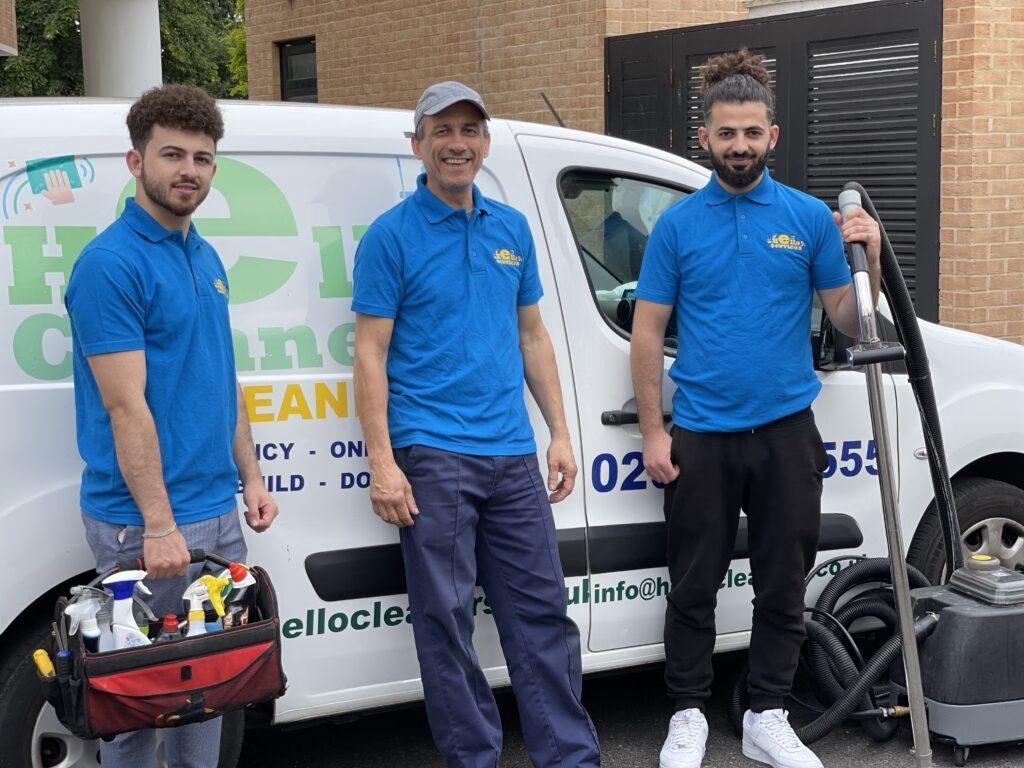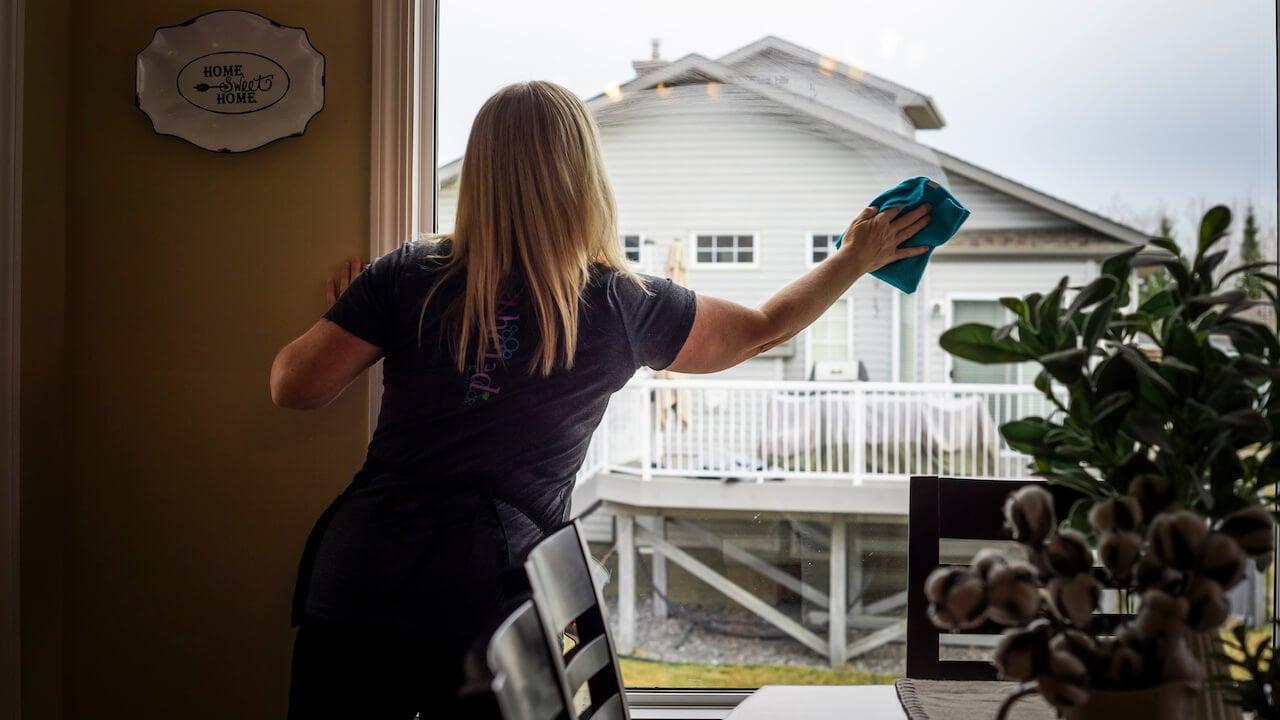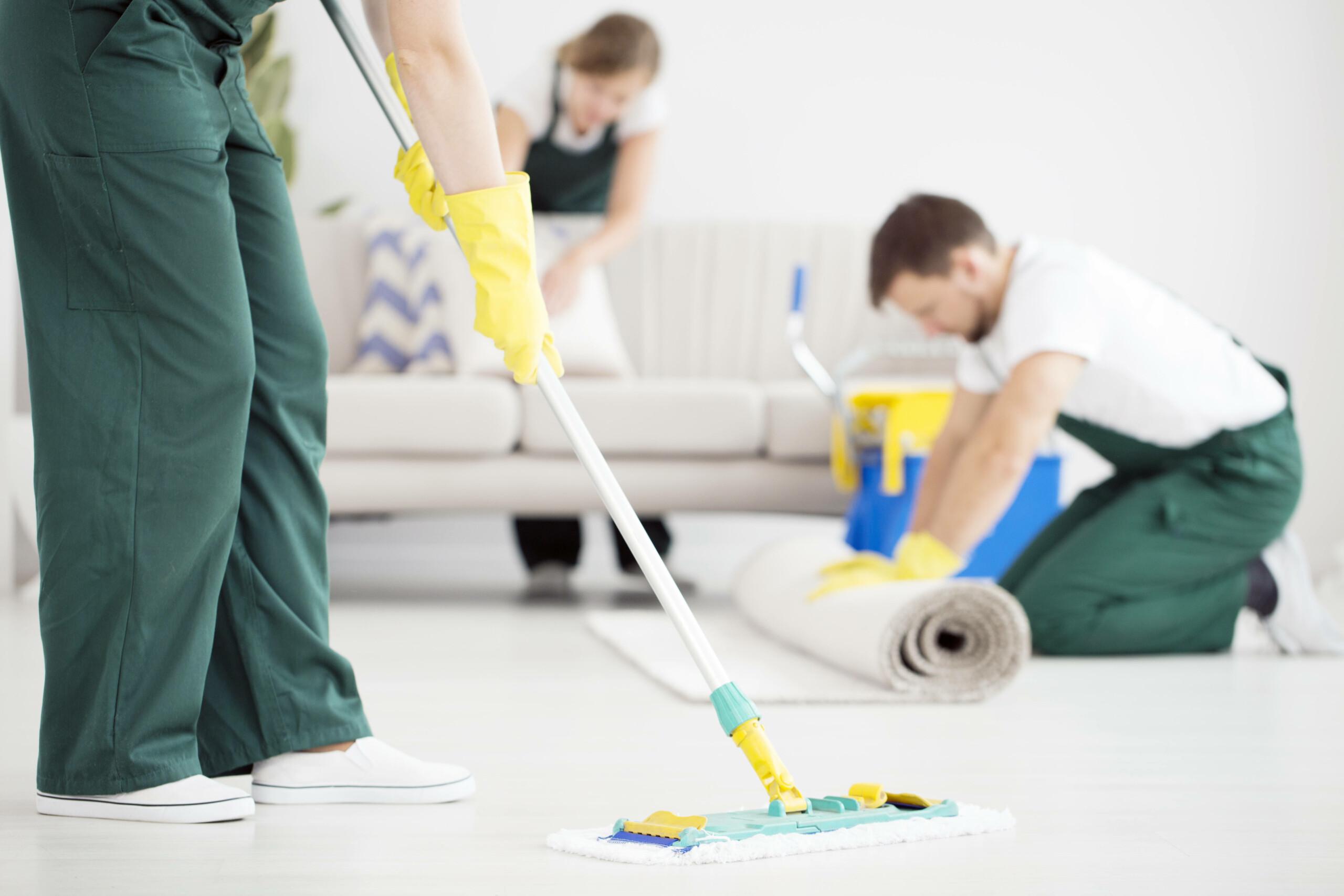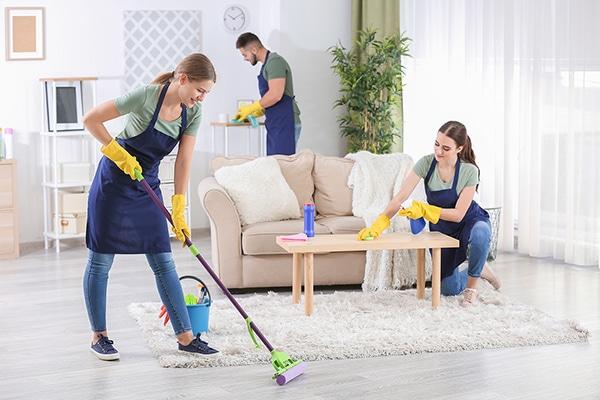
Reading, set between the Thames and the Kennet with its blend of Victorian terraces, riverside flats, tech parks and bustling retail, is a town that never quite sits still. In a place where the weekday commute meets student turnovers and weekend markets, cleaning services have become part of the quiet infrastructure that keeps homes and workplaces running smoothly. From regular domestic visits in Caversham to end‑of‑tenancy cleans in student lets, from deep cleans in heritage properties to scheduled office maintenance on Green Park, the local market is varied, busy and increasingly specialised.
This article looks at what “cleaning services in Reading, UK” really means today. It outlines the main service types-domestic, commercial, tenancy-related and specialist-alongside practical considerations such as pricing models, insurance, staff vetting, eco-friendly options and scheduling flexibility. It also touches on local nuances: seasonal demand around university term dates, the needs of commuter households, and the standards expected in modern office environments. Whether you are a landlord planning a swift turnaround, a facilities manager comparing contracts, or a household seeking a reliable routine, the following sections aim to map the landscape clearly, so you can decide what fits your space, your needs and your timetable.
Table of Contents
- The cleaning services landscape in Reading UK and how to match needs to providers
- Transparent pricing in Reading with typical cost drivers and smart saving strategies
- What to look for in a reliable cleaner insurance checks training and green options
- Practical recommendations for domestic commercial and end of tenancy cleaning in Reading
- In Retrospect
The cleaning services landscape in Reading UK and how to match needs to providers
From riverside flats to Victorian semis and bustling business parks, this town hosts a lively mix of providers: agile independents, app-driven platforms, and established firms offering everything from routine home care to end‑of‑tenancy, after‑builders, and commercial day or night cleaning. You’ll also find eco‑focused crews using low‑VOC, plant‑based products, and specialists for carpet, oven, window, and gutter work. The sweet spot is alignment-matching the job’s scope, schedule, sensitivities, and add‑ons with a provider’s strengths, whether you need DBS‑vetted teams, BICSc‑trained operatives, or SafeContractor accredited companies for multi‑site offices.
- Property + purpose: Student move‑out, family weekly spruce, landlord turnaround, or post‑renovation dust-down.
- Frequency + timing: One‑off deep clean, recurring weekly, evenings, or keyholding for access.
- Standards + proof: Checklists, photos, inventory readiness, and insurance certificates.
- Products + sensitivities: Pet‑safe, fragrance‑free, or green alternatives; HEPA filtration for fine dust.
- Extras + budget: Oven, carpet, limescale, inside windows; clarify supplies and parking fees to keep quotes comparable.
| Need | Best fit | Typical time | Useful extra |
|---|---|---|---|
| Student move‑out | End‑of‑tenancy team | 4-6 h | Inventory checklist |
| Family weekly | Recurring domestic | 2-3 h | Pet‑safe products |
| Startup office | Commercial day porter | 1-2 h | Consumables restock |
| Post‑renovation | After‑builders crew | 6-8 h | HEPA vacuums |
| Eco priority | Green specialist | 2-3 h | Refill stations |
To shortlist, ask for a clear scope (rooms, appliances, inside windows), a task checklist, and a like‑for‑like quote stating who supplies materials, team size, and SLA response times. For offices, request RAMS and COSHH data; for rentals, confirm deposit‑friendly standards and photo reports. Verify insurance, accreditations, and RG coverage (e.g., Caversham, Earley, Tilehurst, Green Park) including any parking or congestion add‑ons. A good provider will outline cancellation terms, satisfaction guarantees, and emergency call‑outs, and will tailor methods-microfibre systems, limescale control, or allergen‑aware routines-to your space so you’re paying for results, not guesswork.
Transparent pricing in Reading with typical cost drivers and smart saving strategies
Clear, upfront quotes help you compare like-for-like across Reading providers. Expect estimates that outline the scope, time, and any materials used, with VAT and parking noted when applicable. What you pay is shaped by practical factors such as home size and layout, the condition of surfaces, and whether you need specialist tasks like oven or carpet care. Location within RG postcodes, access restrictions, and short-notice bookings can also affect the final figure.
- Property size & layout: More rooms, stairs, or hard-to-reach areas increase time.
- Cleanliness level: First-time or post-build cleans take longer than maintenance visits.
- Service type: Standard, deep, end-of-tenancy, carpets, ovens each have distinct pricing.
- Frequency: Weekly/fortnightly plans often cost less per visit.
- Access & parking: Permit zones or paid parking may be added transparently.
- Supplies & equipment: Client-provided vs. contractor-provided products and machinery.
- Scheduling: Evenings, weekends, or urgent slots can carry a premium.
| Service | Typical Range | Basis | Notes |
|---|---|---|---|
| Regular domestic | £18-£24/hr | Hourly | Lower with recurring plans |
| Deep clean (2-3 bed) | £180-£280 | Fixed | Includes kitchen/bathroom detail |
| End of tenancy | £190-£350 | Fixed | Inventory-ready; add carpets if needed |
| Carpet (per room) | £25-£40 | Per area | Stain treatment may be extra |
| Oven clean | £55-£85 | Fixed | Range cookers higher |
There are simple, smart ways to reduce costs without cutting corners. Bundle multiple tasks in one visit, choose a recurring schedule for better rates, and declutter before the team arrives to cut down billable time. Be flexible with dates, specify priority rooms, and ask for a clear checklist so time is spent where it matters most. Comparing written quotes and confirming what’s included (supplies, parking, waste disposal) eliminates surprises.
- Bundle & save: Combine oven, carpets, and deep clean in one appointment.
- Go recurring: Weekly/fortnightly visits keep sessions shorter and cheaper.
- Prep the space: Tidy surfaces and floors to maximise cleaning time.
- Off-peak slots: Weekday daytime can be more cost-effective.
- Provide products: If suitable, supplying your own essentials can trim costs.
- Scope clarity: Use a room-by-room checklist to prevent overruns.
- Loyalty & referrals: Ask about repeat-client or neighbour discounts.
What to look for in a reliable cleaner insurance checks training and green options
In Reading, choosing a dependable cleaning partner starts with proof, not promises. Ask for public liability and employer’s liability insurance (with clear expiry dates), plus risk assessments and method statements tailored to your site. Reliable teams will document DBS background checks, right-to-work, and references, and be upfront about keyholder protocols and secure data handling. You should also see how they manage quality control-from digital checklists to supervisor spot-checks-and how they communicate when plans change, including holiday and sickness cover to keep your space spotless without gaps.
- Insurance: Public liability, employer’s liability, tool and key cover.
- Vetting: DBS checks, ID verification, references, right-to-work.
- Standards: RAMS, clear SLAs, attendance tracking, supervisor audits.
- Access & Security: Keyholder logs, alarm codes policy, GDPR-aware processes.
Skills and sustainability should be visible in the way they clean. Look for BICSc or in-house training with records of COSHH, colour-coding, sharps awareness, and safe use of machinery; ask how they onboard new operatives and refresh skills. For greener routines, request a breakdown of eco-certified products (e.g., EN 1276/14476 where disinfection is needed), refill systems to cut plastic, microfibre over disposables, and transport choices like EVs or cycle routes
Ask for
Proof
Benefit
Public liability (≥£5m)
Certificate + expiry
Covers accidents
DBS & ID checks
Verified copies
Trusted access
BICSc/COSHH training
Cards or logs
Safe, consistent work
Eco product list
MSDS & labels
Lower impact
RAMS + SLA
Site-specific docs
Clear expectations
Practical recommendations for domestic commercial and end of tenancy cleaning in Reading
For homes and busy premises across Reading, set a clear cadence and stick to zones: kitchens and washrooms daily, touchpoints multiple times per shift, and deep tasks on a rotating weekly plan. Reading’s hard water makes limescale a repeat offender-treat taps, kettles, and shower screens with descalers and finish with a microfiber buff for a streak-free sheen. In retail or office spaces near high footfall areas like Broad Street, schedule early cleans to avoid peak traffic, and use low-noise equipment. Color-code cloths, pair HEPA filtration with regular filter changes, and keep a small “spill triage” kit at the entrance for swift response without disrupting operations.
- Timing: Book early mornings or after-hours to minimise disruption and achieve faster drying times.
- Products: Opt for eco-friendly concentrates and enzyme cleaners for kitchens, plus a dedicated limescale remover.
- Method: Work high-to-low, dry-to-wet; vacuum edges first, then mop with two-bucket systems.
- Compliance: Keep COSHH sheets accessible; label spray bottles and store chemicals above ground level.
- Waste: Segregate recyclables and soft plastics; replace liners only when needed to cut costs and plastic use.
| Service | Focus Area | Must‑have | Time‑saving hack |
|---|---|---|---|
| Domestic | Bathrooms & kitchens | Descaler | Soak taps while dusting mirrors |
| Commercial | Floors & touchpoints | HEPA vac | Edge vacuum, then wide‑path pass |
| End of tenancy | Oven, grout, skirtings | Inventory checklist | Photograph each room before/after |
For move‑outs in RG1-RG6, align your plan with the check‑in inventory and the agent’s standards. Prioritise the deposit triggers: oven and hob carbon, extractor filters, fridge seals, shower grout and silicone, window tracks, blinds, light fittings, and behind/under appliances. Finish with a neutral odour profile by ventilating and running a final HEPA pass. Document everything-timestamped photos, a simple checklist, and meter readings-then schedule key return to allow a quick re‑visit if the landlord requests tweaks. A final walkthrough with your toolkit on hand (magic eraser, razor scraper, spare bulbs) can turn borderline feedback into an instant pass.
In Retrospect
From Victorian terraces near the river to new-build flats and busy high streets, Reading’s homes and workplaces don’t all collect the same kind of dust. That’s why its cleaning services are just as varied-domestic and deep cleans, end-of-tenancy turnarounds, commercial schedules, eco-friendly options, and one-off spruce-ups for life’s messier moments.
As you weigh up providers, look for the quiet details that make a big difference: transparent pricing, clear availability, insurance and DBS checks, thoughtful use of products, and responsive communication. Reviews and local recommendations can add context to quotes, while a brief site visit or checklist helps align expectations on both sides.
In the end, good cleaning isn’t just about shine; it’s about fit-between your space, your routine, and a team you can rely on. Define what “clean” means for you, choose accordingly, and let Reading get on with what it does best, while your space does its part: calm, ready, and genuinely looked after.





